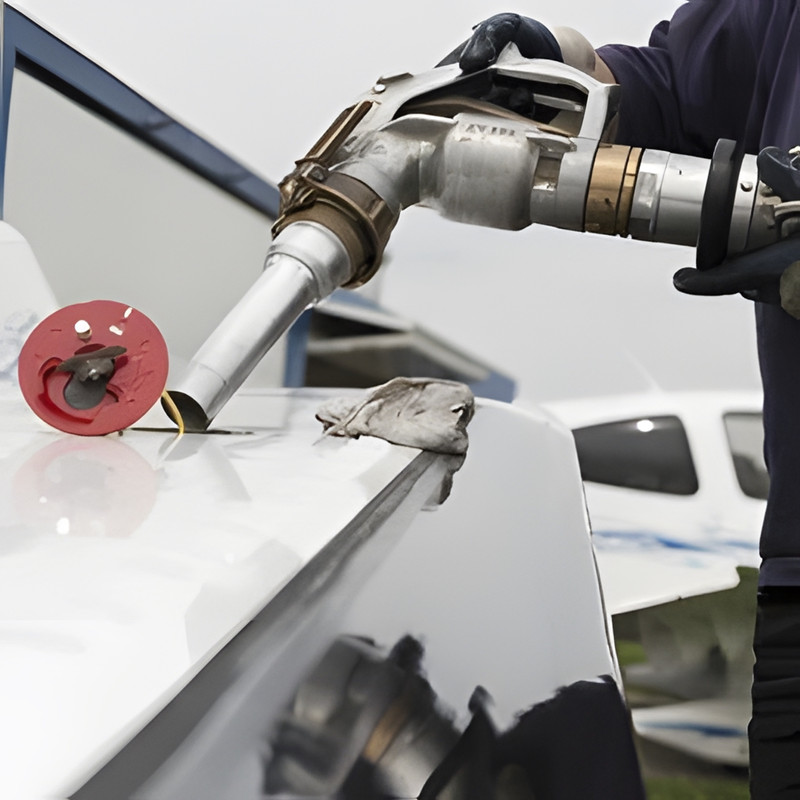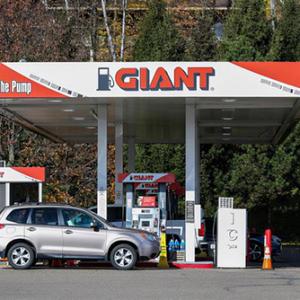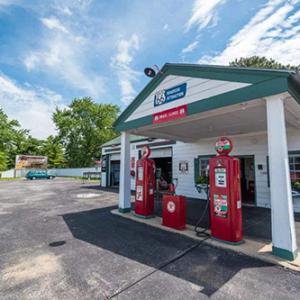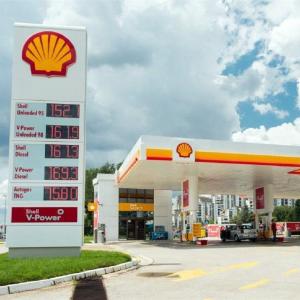Aviation Fuel Systems: From Traditional Nozzles to a Sustainable Future
A New Direction for Aviation Fuel Systems: From Traditional Nozzles to a Sustainable Future
In 2025, the global aviation industry stands at a critical crossroads. While demand for air travel remains strong, the industry faces unprecedented environmental pressure. The collision of these two forces is driving a revolution in airplane fuel systems at an incredible pace. As a company specializing in fuel dispensing equipment, we understand that this transformation affects not only airlines but every link in the supply chain, including the jet Fuel nozzles and aviation Fuel pumps we manufacture.
This article will delve into the hot topics and technological trends in the aviation fuel sector over the next few years, and how our innovative products, such as the OverWing Nozzle, are helping the industry move towards a sustainable future.
1. Gaining Insight from New Industry Trends
By analyzing online search trends, we can clearly see the profound changes taking place in the aviation fuel sector. The following hot topics provide us with valuable market insights:
-
“sustainable aviation fuel” (SAF) price: This is, without a doubt, the number one hot topic. Amidst increasingly strict carbon emission regulations, airlines are making commitments to reduce their carbon footprint. However, the high cost of SAF is the biggest obstacle to its widespread adoption. The surge in searches for "SAF price" and "SAF cost-benefit analysis" reflects the industry's urgent need to balance environmental responsibility with economic viability.
-
“aviation Fuel pump” efficiency: As SAF becomes more common, the demands on fuel pumps are also increasing. The physical properties of SAF, such as density and viscosity, differ from those of conventional jet fuel. This requires fuel pumps to be not only compatible with different fuels but also more efficient and stable. The continuous rise in searches for "high-efficiency aviation fuel pump" and "SAF-compatible fuel pump" indicates a need for technological upgrades in fuel pump technology.
-
“jet fuel nozzle” certification: Safety has always been the lifeline of the aviation industry. Whether for traditional jet fuel or new SAF, the safety of the refueling process is paramount. Searches for "fuel nozzle safety certification" and "SAF-specific jet fuel nozzle" show that the industry is setting higher standards for the safety and compatibility of fueling equipment.
-
“OverWing Nozzle” automation: Overwing fueling is a common method for smaller aircraft and general aviation. To improve efficiency and safety, search interest in "automated overwing fueling systems" and "smart fuel nozzles" is on the rise, signaling that fueling equipment is moving towards automation and intelligence.
These search trends collectively paint a picture of an industry where aviation fuel systems are shifting from a singular focus on reliability to a comprehensive one on sustainability, efficiency, and intelligence.

2. Aviation Fuel Systems: A Technological Shift from the Ground Up
A transformation centered on Sustainable Aviation Fuel (SAF) is reshaping the entire aviation fuel supply chain.
1. Challenges and Opportunities in Ground Fueling
At the ground fueling stage, our main challenge is to ensure compatibility and safety. The widespread adoption of SAF means that fuel stations and airports will be handling both conventional jet fuel and various blends of SAF. This requires fueling equipment to have extremely high compatibility and the ability to accurately identify and dispense different fuels.
Our aviation fuel pumps and jet fuel nozzles are playing a key role in this transformation. For example, our SAF-compatible aviation fuel pumps are made with special materials and seals that effectively handle the potential corrosiveness or lubrication differences of SAF, ensuring the pump's long-term stable operation. Simultaneously, our fuel nozzles are equipped with advanced filtration and safety locking mechanisms to prevent any confusion or leaks during the refueling process, especially in high-precision scenarios like OverWing Nozzle fueling.
2. Internal Upgrades to Aircraft Fuel Systems
Inside the aircraft, the airplane fuel system is also undergoing a profound transformation. The use of SAF places new demands on the aircraft’s fuel tanks, pipes, filters, and fuel pumps. To ensure safe flight operations, manufacturers are developing a new generation of fuel systems that are better adapted to the properties of SAF.
For instance, aircraft fuel pump manufacturers are exploring more corrosion-resistant and efficient designs to address potential material compatibility issues with SAF. At the same time, the fuel system’s sensors and control units are being upgraded to monitor the fuel type, quality, and flow rate in real-time, ensuring a stable and reliable fuel supply to the engines under all conditions.
3. Embracing a Sustainable Future: Our Product Innovation and Industry Mission
As a manufacturer of fuel dispensing equipment, we are well aware of our responsibility in the aviation industry's transition to a sustainable future. Our product innovations are no longer just about improving efficiency; they are about meeting the needs of a future fuel ecosystem.
-
Intelligent OverWing Nozzle: For the general aviation and small aircraft market, we are developing an OverWing Nozzle that integrates Flow meters, temperature sensors, and remote monitoring functions. These smart nozzles can automatically record fueling data, transmit it in real-time to airport operations centers, and even adjust fueling speed through pre-set programs. This significantly improves fueling efficiency and safety while reducing human error.
-
SAF-Compatible Aviation Fuel Pump: Our new generation of aviation fuel pumps was designed from the outset with SAF properties in mind. They can efficiently handle not only conventional jet fuel but also various blends of SAF, providing airlines and airports with flexible fuel options without the need for costly equipment replacement. This, in turn, helps to lower the cost of building SAF infrastructure.
-
Jet Fuel Nozzle Designed for Aviation: Our jet fuel nozzle incorporates several innovative designs while adhering to all industry safety standards. For example, we've used a lighter, more ergonomic design to reduce the physical strain on operators. The nozzle’s built-in filtration system ensures that the fuel delivered to the aircraft’s tanks is clean and free of impurities, further guaranteeing flight safety.
Conclusion: From Equipment Innovation to Ecosystem Co-creation
In 2025, the aviation fuel system is undergoing a comprehensive overhaul from the ground up. The core drivers of this revolution are Sustainable Aviation Fuel (SAF) and the growing demand for environmental protection. As a manufacturer of fuel dispensing equipment, we have been quick to recognize these changes.
Our products, including aviation fuel pumps, jet fuel nozzles, and OverWing Nozzles, are not just physical devices that handle fuel; they are critical links that connect the past to the future, ensure safety, and promote sustainable development. We believe that through continuous technological innovation and product upgrades, we will be able to work hand-in-hand with our partners in the aviation industry to build a more efficient, safe, and green aviation fuel ecosystem, injecting new power into humanity's dream of flight.





